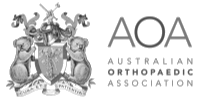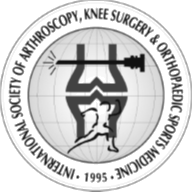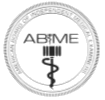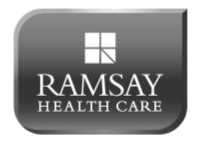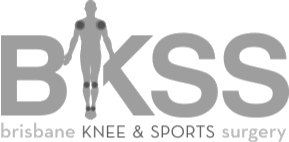Shoulder Arthritis
What is shoulder arthritis?
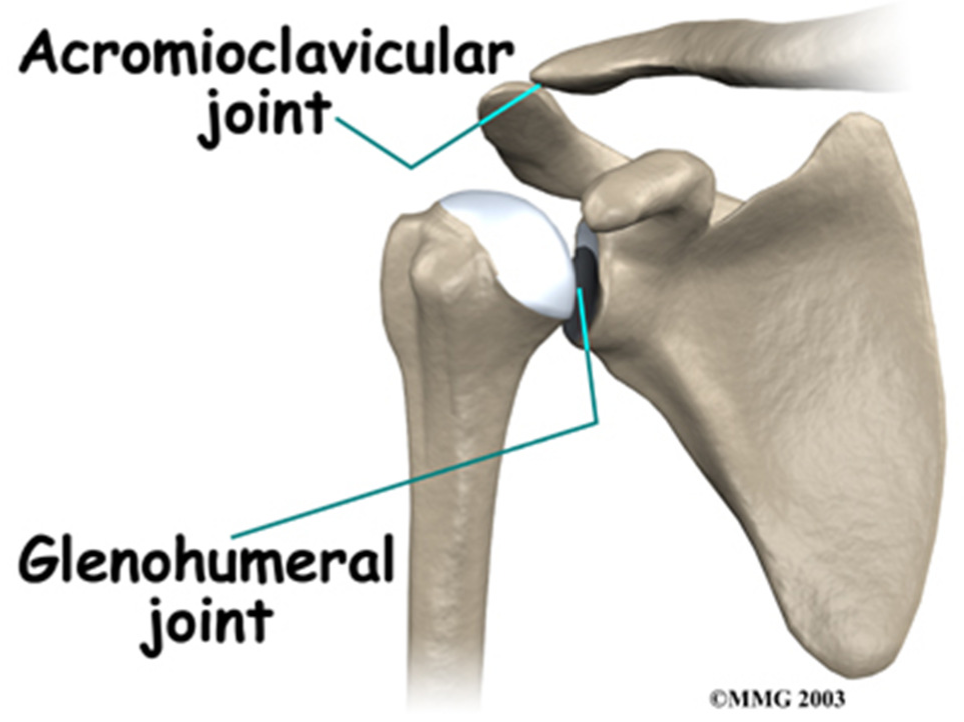
Arthritis is a general term for the deterioration of a joint, and in the shoulder there are two joints which may be affected – the acromioclavicular joint or AC joint, which is where the clavicle (collarbone) meets the tip of the shoulder bone (acromion), and glenohumeral or scapulothoracic joint where the humerus (larger arm bone) meets with the scapula (shoulder blade).
What causes the arthritis?
There are three main types of arthritis which affect the shoulder.
- Osteoarthritis – This is the ‘wear and tear’ arthritis. It is a deterioration of the smooth surface (articular cartilage) of the bone, and is most common in people over 50 years of age. It is more common in the acromioclavicular shoulder joint.
- Rheumatoid Arthritis – This is a systemic inflammatory condition of the joint lining (synovium) where the body’s own immune system attacks the joint and surrounding tissue. This form of arthritis can occur at any age and usually affects multiple joints on both sides of the body.
- Post traumatic Arthritis – This is a form of osteoarthritis which occurs after an injury, for example, a fracture, dislocation or a rotator cuff tear.
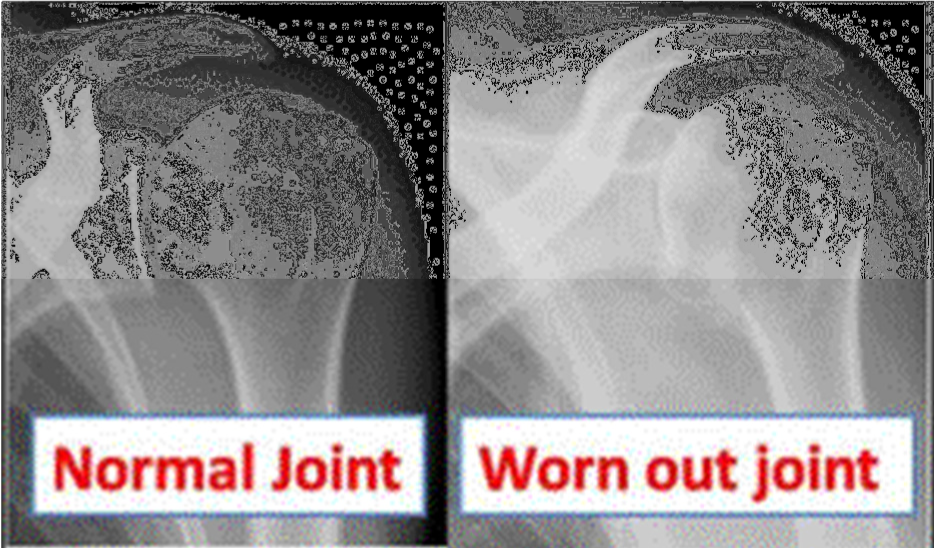
What symptoms should I look out for?
The most common symptoms of shoulder arthritis are:
- Pain with activities
- Limited range of movement
- Stiffness of the shoulder
- Swelling of the joint
- Tenderness around the joint
- A feeling of grinding or catching within the joint
If it is the AC joint that is affected, the pain will usually be felt towards the front of the shoulder. If the glenohumeral joint is affected, the pain is centered in the back of the shoulder and may worsen with weather changes. Rheumatoid arthritis may cause pain in both these areas and may be felt in both shoulders. The pain will gradually worsen and be present with any movement. Night pain is common with interrupted sleep.
An X- ray will usually confirm the diagnosis with typical narrowing of the joint space.
What treatment options are available?
The main goal will be to reduce the pain and inflammation in the shoulder joint. Along with resting of the joint, the following options may be suggested:
- Anti-inflammatory Medications – These medications can be helpful in reducing swelling or inflammation in the shoulder joint, there in turn reducing pain. If the diagnosis is rheumatoid arthritis, drugs such as methotrexate may be recommended.
- Injections – Cortisone is a very powerful steroid and can be very effective at easing inflammation and swelling. The effects are temporary, but can provide relief for several months.
- Physiotherapy – Physiotherapy will also focus on reducing the pain and inflammation, which may include the use of ice or heat. You may need to modify the way you move to avoid pain, and the physiotherapist can help you with this.
- Joint Supplements – Glucosamine and chondroitin sulfate may be of benefit for some people however, they can interfere with other medications. Although they appear to be safe, research into these supplements has been limited. Please always consult with your doctor before taking any supplements.
Do I need surgery?
If the loss of movement and pain continue to interfere with your daily activities your surgeon may recommend surgery. The type of surgery will depend on the shoulder joint that is affected:
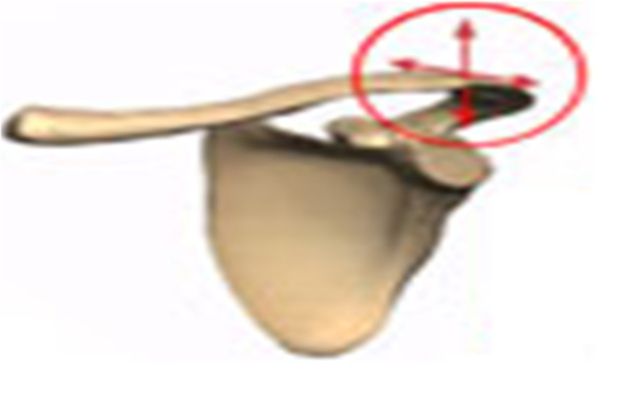
Acromioclavicular joint or AC joint arthritis
This is most commonly treated by performing resection arthroplasty, in which a small piece of bone from the end of the collarbone is removed, leaving a space that later fills with scar tissue. This stops the bone grinding on bone and reduces the pain involved therefore restoring greater movement.
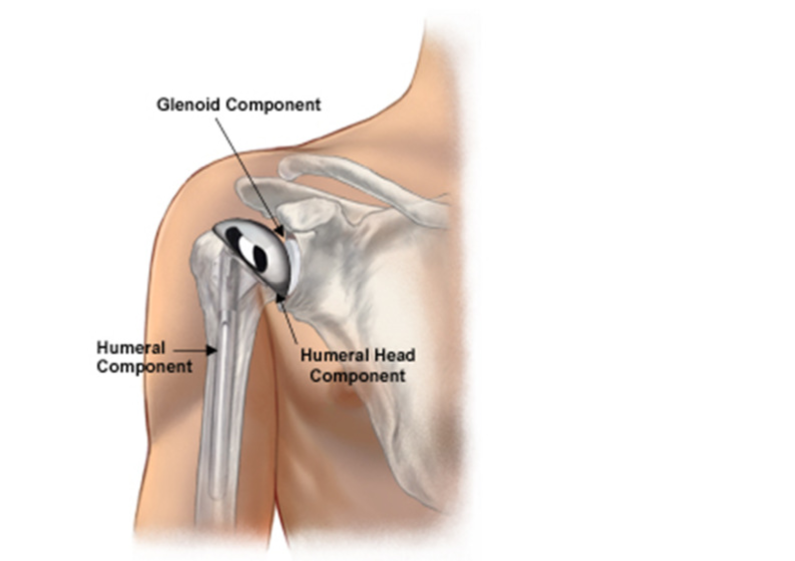
Glenohumeral joint arthritis
This can be treated by replacing the entire shoulder joint (total shoulder arthroplasty) – the arthritic cartilage is removed and a metal and plastic ball- and-socket implant is placed in the shoulder. Alternatively, just the humeral head can be replaced (hemiarthroplasty).
A reverse shoulder replacement is where the ball and socket are reversed and is recommended when there is a non-functioning rotator cuff. The ball is placed on the shoulder blade and the socket is placed on the top of the arm bone.
Total shoulder arthroplasty is a highly beneficial surgical procedure intended to reduce pain and restore mobility in patients with end stage shoulder arthritis, and occasionally after certain severe shoulder fractures. In most cases, non-operative measures such as medication, injections, and gentle physical therapy are considered prior to deciding on surgery.
Surgical treatment of arthritis of the shoulder is generally very effective in reducing pain and restoring motion.
How important is rehabilitation after surgery?
Rehabilitation plays a critical role in the surgical treatment of shoulder arthritis, and the pre-surgical condition of the shoulder muscles and tendons play the biggest role in surgery outcome. Exercises typically begin on the day after surgery with emphasis on moving the shoulder, wrist, and hand, with the focus of physiotherapy being on achieving full motion, but not strength. Strengthening exercises will begin at about twelve weeks from the time of surgery. This delay is necessary to allow the tissues to heal. Starting strengthening exercises too early may lead to complications.
It is important to understand that proper and extensive post-operative rehabilitation is a key factor in achieving the maximum benefit of shoulder surgery.
What results can I expect after surgery?
After one year, most patients enjoy pain-free function, which enables them to exercise the shoulder area sufficiently to restore strength and motion to the joint, making the surgery a highly valued choice for a wide variety of patients suffering from significant shoulder pain.
Treatment of shoulder arthritis should begin with the most basic steps, and progress to the more involved, possibly including surgery. Not all treatments are appropriate in every patient, and you should have a discussion with your doctor to determine which treatments are appropriate for your shoulder arthritis.
The patient information sheets are intended to provide general information only and are not a substitute for medical advice about your particular condition.



